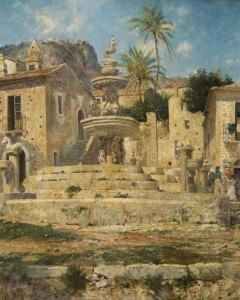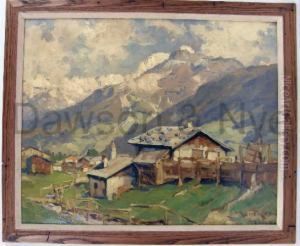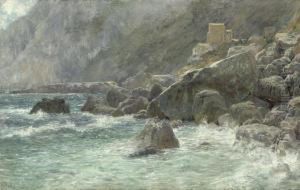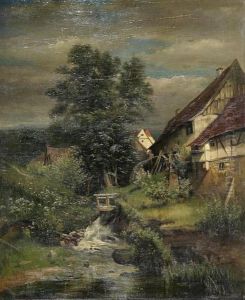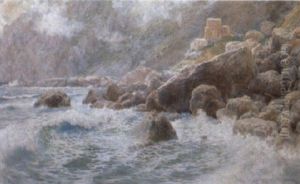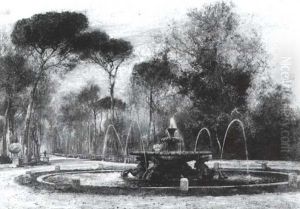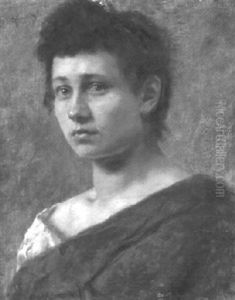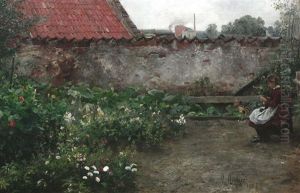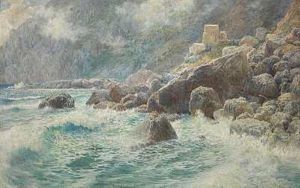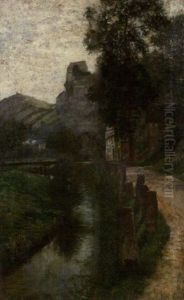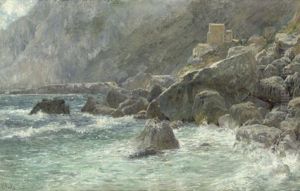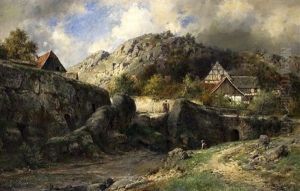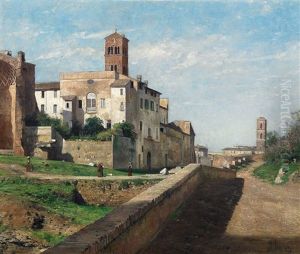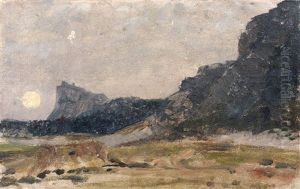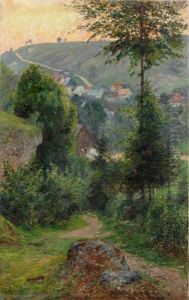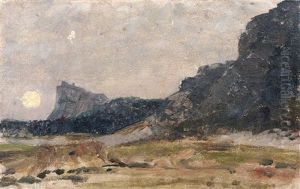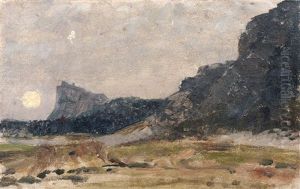Max Merker Paintings
Max Merker, born in 1881 in Stuttgart, Germany, was a notable artist whose contributions to art spanned various genres, yet he is predominantly recognized for his exceptional skills in painting. His works exhibit a profound understanding of form and color, reflecting the artistic movements of his time while also demonstrating a unique personal style that distinguished him in the European art scene.
Merker received his artistic training at the prestigious Stuttgart Art Academy, where he was exposed to the fundamentals of painting and drawing. Early in his career, he showed a keen interest in capturing the essence of his subjects, focusing primarily on landscapes, portraits, and still lifes. His approach to art was influenced by the broader movements of Impressionism and Post-Impressionism, characterized by a vibrant palette and an emphasis on light and its effects.
Throughout his career, Max Merker participated in numerous exhibitions across Europe, gaining recognition and acclaim for his work. His ability to evoke emotion and atmosphere in his paintings garnered him a dedicated following, and his works were sought after by collectors and art enthusiasts alike. Despite his success, Merker remained committed to exploring new techniques and perspectives, continually evolving his style and approach to painting.
Merker's contribution to art was not limited to his own creations; he was also a respected teacher, imparting his knowledge and passion for art to a new generation of artists. His legacy is characterized by his dedication to capturing the beauty and complexity of the world around him, leaving behind a body of work that continues to inspire and captivate audiences.
Max Merker passed away in 1931, leaving a significant impact on the art world. His works are preserved in various public and private collections, serving as a testament to his skill and vision. Merker's artistic journey reflects the dynamic nature of art in the early 20th century, bridging traditional techniques with modernist influences, and his contributions continue to be celebrated by art historians and enthusiasts.
